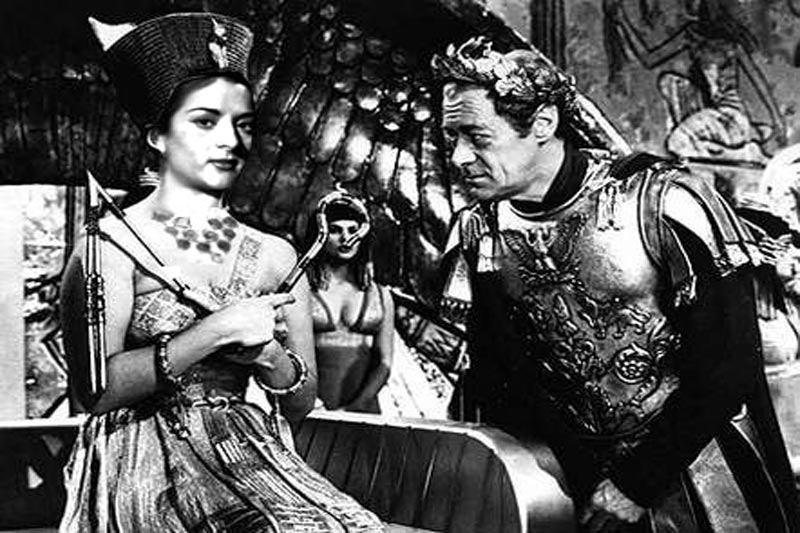Cosmetics and perfume were essential to life in Ancient Egypt; they excelled in the realm of beauty, and their rituals continue to hold our interest in the present day. Black eyeliner never seems to fade away in the beauty world, and the Egyptians paved the way for its seductive and practical use. In my fascination for their culture, I did some research and here is what I discovered.
The Beauty Treatments used in Egyptian history
The importance of cosmetics and perfume was discovered in even the humblest of graves in ancient Egypt. The preparation for cosmetics was extensive in ancient Egypt with powders being mixed with ointments from animal fat to make the powder adhere to the eye area, for instance.
The Infamous Egyptian Eye
Everyone had galena powder, a grey lead ore mixed with oil called Kohl. It was applied by using a small stick made of wood or glass, then dampened and twisted in the Kohl. It was applied to the inner corner of the eye while moving the stick toward the outer corner with the eyes closed. This created a smudged eyeliner effect that to this day evokes their trademark for beauty and sensuality.
Galena was a fly deterrent and disinfectant while offering protection from the intense sun. The Egyptians also believed that an unadorned eye was vulnerable to the Evil Eye, therefore, men, women and children wore eye makeup.
Burnt almonds were used with minerals to create eye and brow color. Green malachite, jasper, saffron, lapis lazuli and copper based minerals were also used for the eyelid.
They also “ traced their veins in their temples and breasts with blue paint and tipped their nipples in liquid gold.“
Egyptian Lips and Nails
The Splendors of Ancient Egypt Educational Guide says, “ Other cosmetics included colors for the lips, cheeks and nails. A type of clay called red ochre was ground and mixed with water, and applied to the lips and cheeks. Henna was used to dye the fingernails yellow and orange.”
The dregs from wine were also used to add color to the lips and cheeks.
The Egyptian “look” was pale skin made with chalk, dark brows and eyes and a nice red mouth.
One of the reasons the Egyptians used makeup was to appease the goddess Hathor, who was the goddess of beauty, love and fertility.
Bathing and Perfume
The presence of perfume in ancient Egypt is well documented with the belief that cleansing rituals held the presence of the sacred.
Because there was no soap they would use a mixture of oil, perfume and lime to cleanse the skin. Women who had money would make a paste out of water and natron, which is found in sodium bicarbonate or sodium carbonate.
The perfume was made from flowers and scented wood mixed with oil or fat. In doing this, their skin always had a pleasant smell. An oil that was bland became the most desired to not interfere with a fragrance. The choice was balanos oil from the fruit of the Balanites Aegyptiaca tree, and even though it is still found in Egypt, it is rare. A cone of perfume would be put on the heads of guests at a party and as it melted it ran down their face with a pleasant cooling effect.
Cleopatra’s Bath
Much has been written about Cleopatra’s ritual bathing in milk and honey. The milk is rich in lactic acid and naturally exfoliating and the honey is a humectant, which keeps the skin hydrated. It contains phytochemicals that kill bacteria. So, it is no wonder that her bathing ritual had significant results. A body scrub prior to the bath will enhance the effects.
Bath Recipe:
1 /2 cup of honey
3 cups of milk
5 tablespoons of Almond oil ( or jojoba )
mix into bath water and soak
for 20 minutes
Body Scrub Recipe:
2 tablespoons of sea salt
3 tablespoons of heavy cream
Mix together and rub in circular
motions….can let it sit on the skin
for 5 min. then rinse

One thought on “Cleopatra’s Skincare Secrets Revealed!”